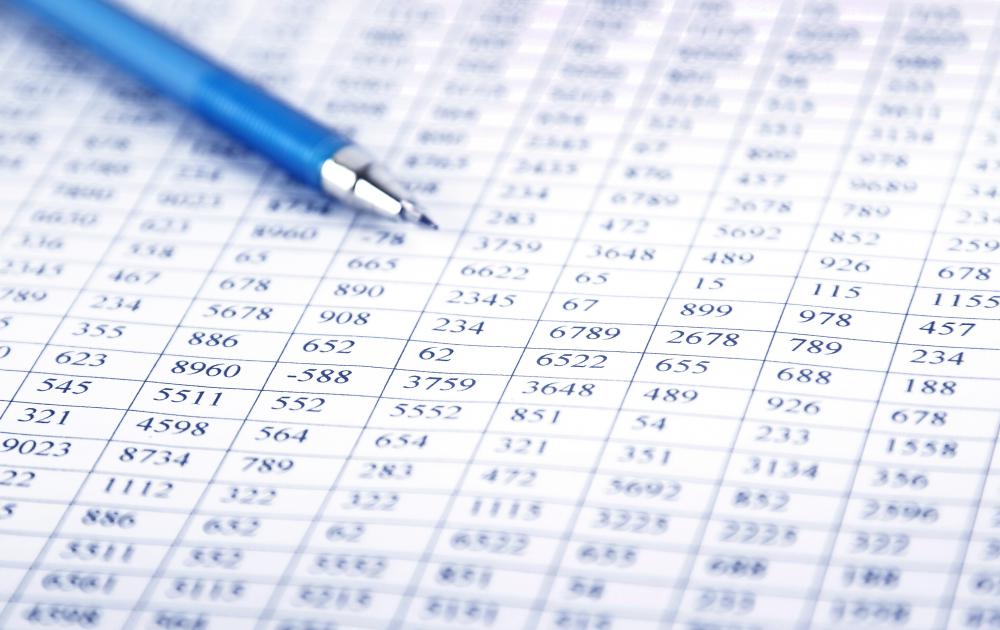At SmartCapitalMind, we're committed to delivering accurate, trustworthy information. Our expert-authored content is rigorously fact-checked and sourced from credible authorities. Discover how we uphold the highest standards in providing you with reliable knowledge.
What is a Ledger Balance?
Ledger balance is a term often used in banking. It means the total amount, or balance, in an account at a given time. This amount typically includes all the money in an account, including amounts that have debits pending against them. For example, this balance includes pending check and debit card amounts that are awaiting payment. It may also include deposited funds that are not yet available.
A person typically sees the term ledger balance when looking at his bank statement, though it is sometimes included on account receipts. It can be calculated by considering the total amount of credits, also called deposits, for a given period of time, versus the debits, or withdrawals, over the same time period. The debits are subtracted from the credits to come up with a figure that is the ledger balance.

Many people look at their bank statements and notice that they have two balances listed. They may wonder why the balances are different, despite the fact that they are listed for the same account. The reason is the ledger balance represents the total amount of funds in an account but is different from the amount a person may use, or withdraw. The amount that is available for withdrawal is typically included on a person’s bank statement as his available balance.

To understand how ledger and available balances work, consider a bank account with a ledger balance of $200 US Dollars (USD). Of this amount, a bank account holder may have a check for $50 USD that is pending payment from his account as well as a debit card transaction of $40 USD. In such a case, the account holder has an available balance of $110 USD that he can withdraw, according to the terms of his account. Though his ledger balance reads $200 USD, he cannot withdraw the entire amount because $90 USD of it is pending payment. Once the check and debit card payments are completely processed, his ledger balance, in such a case, will drop to $110 USD until he either makes another deposit or another withdrawal.
Understanding the difference between these balance types can be important in avoiding overdrawing one’s account. If a person considers only his ledger balance, he may write checks or arrange payments for more than he actually has available. This can lead to overdraft fees from his bank as well as fees charged by the company or person to whom he wrote the checks or made the payments.
AS FEATURED ON:
AS FEATURED ON:












Discussion Comments
@starrynight - While you may not like the current system there is a good reason for doing it this way.
Banking transactions aren't instantaneous most of the time. When they are initiated, they show as pending. When they are completed then they are added or subtracted from your account balance. It's a good idea not subtract or add the money to the account until the transaction is completed, because not all initiated transaction complete.
I think if you just look at your statement carefully you can avoid overdrawing your account.
I always get my ledger balance and my available balance mixed up. It's just too confusing! Why even show the funds if there are transactions pending? I've definitely overdrawn my account more than once because I read my balance wrong.
I personally think this is just the banks sneaky way of making people overdraw their accounts. Maybe I'm being a little paranoid but I wouldn't put it past those rotten banks!
Post your comments